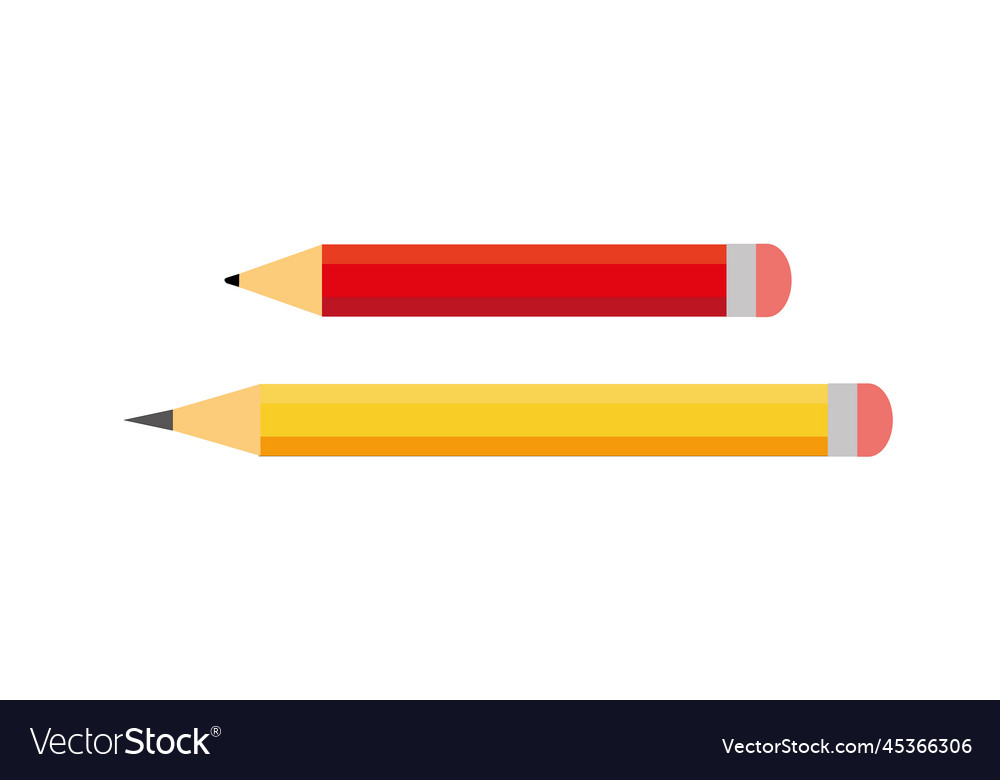Understanding and Applying Success Criteria in Education: A Guide for Measurable Student Growth
What Are Success Criteria in Education?
Success criteria are specific, measurable indicators that define what achievement looks like for a particular educational task or learning objective. They serve as a roadmap for both teachers and students, outlining clear expectations for what constitutes successful learning. Unlike vague directives such as “do your best,” success criteria provide concrete examples and standards, allowing for objective assessment and focused instruction [3] .
Why Success Criteria Matter
Research consistently highlights the positive impact of well-defined success criteria on student motivation and academic achievement . When students understand precisely what is expected, their internal motivation increases, leading to more engaged and purposeful learning. Success criteria also empower educators by making learning goals visible and attainable, which in turn facilitates effective feedback and self-assessment [2] [4] .

Source: fity.club
Key Components of Success Criteria
Effective success criteria in education share several essential attributes:
- Alignment with learning intentions : Success criteria must link directly to the lesson’s goals, ensuring that assessment is relevant and targeted [1] .
- Planned in advance : Both teachers and students should collaboratively develop criteria before instruction begins, creating shared ownership of the learning process [1] .
- Inclusivity : Criteria should be broad enough to accommodate varying levels of ability within a classroom, promoting equity and access [1] .
- Observability : Success criteria must refer to observable performances-something students can say, do, make, or write to demonstrate progress [5] .
- Student ownership : When students participate in setting criteria, they are more likely to internalize goals and become active participants in their own learning [1] .
Designing Effective Success Criteria: Step-by-Step Guidance
Creating and implementing meaningful success criteria involves several actionable steps:
- Define the Learning Intention Begin by articulating what you want students to learn. For example, “I am learning how to compare fractions.” This statement sets the stage for relevant success criteria [1] .
- Develop Specific Success Criteria Identify concrete, measurable indicators of success. These might include “I can identify the numerator and denominator,” “I can draw a model to represent fractions,” and “I can use inequality symbols to compare fractions.” Use “I can” statements to focus on observable outcomes [2] .
- Make Criteria Visible and Understandable Express criteria in language students understand. Post them in the classroom, include them in lesson plans, and reference them throughout instruction. This transparency helps students monitor their own progress [5] .
- Assess and Adjust Use the criteria to guide formative and summative assessment. Observe student performance, provide targeted feedback, and adjust criteria as necessary to reflect evolving learning goals [1] .
For more comprehensive guides on curriculum development and assessment, educators can consult resources from professional organizations such as the National Council for Curriculum and Assessment (NCCA) or the Oregon Department of Education. To locate verified instructional materials, search for “learning intentions and success criteria resources” on these official websites.
Real-World Examples and Case Studies
Consider a classroom focused on writing skills. Instead of instructing students to “write a story,” a teacher provides success criteria such as:
- “My story has a clear beginning, middle, and end.”
- “I use descriptive language to create images for the reader.”
- “I check for correct grammar and punctuation.”
Students can self-assess and peer-assess their work against these criteria, making the process of learning visible and actionable. This approach has been shown to increase engagement and foster deeper understanding of content [2] .
Challenges and Solutions in Implementing Success Criteria
While success criteria offer many benefits, educators may encounter challenges. Some students may initially struggle to understand or apply criteria. Solutions include:
- Co-constructing criteria : Involve students in the process, asking for input and collaboratively developing standards.
- Modeling : Demonstrate how to use criteria by working through examples as a class.
- Regular feedback : Provide ongoing, specific feedback tied to criteria, helping students see where improvements are needed.
- Scaffolding : Offer additional support for students who need help understanding or applying the criteria, gradually building independence.
For educators seeking training or professional development in assessment strategies, consider contacting state education departments or searching for “professional development in formative assessment” on verified education portals.

Source: antoniorthompson.com
Alternative Approaches and Best Practices
Success criteria may be presented in various formats, including rubrics and checklists. The most effective approaches:
- Use descriptive language that specifies what quality work looks like.
- Encourage self- and peer-assessment to deepen understanding.
- Align criteria with curriculum standards and learning outcomes.
Alternative methods include integrating technology, such as digital portfolios or assessment platforms, to track progress against criteria.
Accessing Resources and Support
To access additional guidance and sample criteria, educators can:
- Visit official education department websites. For example, the Oregon Department of Education provides resources on writing effective success criteria and assessment strategies [5] .
- Search for “success criteria in education” on established professional development platforms.
- Participate in workshops or online courses offered by curriculum authorities, such as the NCCA [1] .
If you cannot find a verified link for your local authority, consider contacting your school district’s curriculum office or searching for “assessment support” on your state education department’s official website.
Key Takeaways
Success criteria are a powerful tool for driving measurable student growth and clarifying learning expectations. By making learning goals visible, attainable, and inclusive, educators can foster motivation, self-assessment, and higher achievement. Implementing success criteria requires planning, collaboration, and ongoing assessment but provides substantial benefits for both teachers and students.
References
- [1] NCCA (n.d.). Learning Intentions & Success Criteria, Workshop 01.
- [2] Teaching Channel (2025). Using Success Criteria to Spark Motivation in Your Students.
- [3] Fiveable (2025). Success Criteria – Curriculum Development.
- [4] ERIC (2023). The Power of Success Criteria, Relationships, and Clarity.
- [5] Oregon Department of Education (n.d.). Writing Tips for Learning Goals and Success Criteria.



